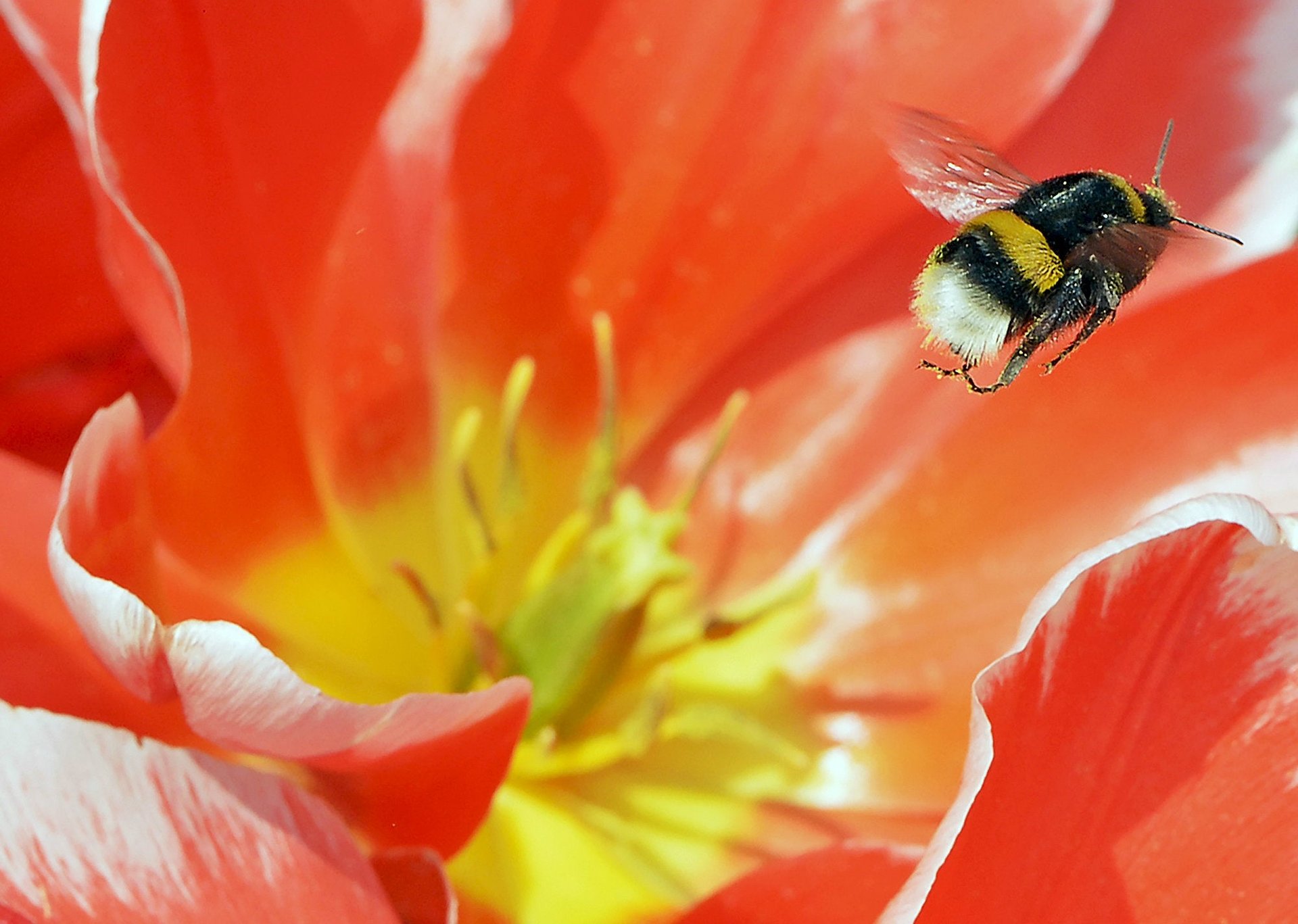New study shows that a toxin to humans may also be killing bees
Aluminum has been identified as another possible human-driven culprit in the alarming bee deaths of recent years, which could impact the global food supply. (By some estimates, bee pollination is responsible for a third of the food produced in the world.)


Aluminum has been identified as another possible human-driven culprit in the alarming bee deaths of recent years, which could impact the global food supply. (By some estimates, bee pollination is responsible for a third of the food produced in the world.)
Adding to theories that insecticides are attacking the nervous systems of bees, varroa mites are invading honeybee colonies, and humans are decimating their habitats with corn fields and flowerless lawns, a new study in the Public Library of Science journal, PLoS ONE, posits that aluminum may be damaging bumblebees’ cognitive functions.
Metal aluminum, the study says, is “[t]he most significant environmental contaminant of recent times.” It makes its way into the environment through, for example, acid rain resulting from the burning of fossil fuels, and into the soil through intensive agriculture. All of this aluminum in the environment impacts the health of fish, trees, crops, and humans, the researchers say. In people, aluminum is a known neurotoxin suspected to contribute to neurodegenerative diseases like Alzheimer’s. Now researchers believe environmental aluminum may be hurting bees, too.
In May 2013, the researchers started with 20 commercial bumblebee colonies acquired from a Belgian commercial bee supplier. The colonies were then set up in both urban areas with plenty of gardens and rural farmland areas in East Sussex, UK. They were left for 10 weeks to develop, with monitoring and weighing done every 2 weeks. At the end of the 10 weeks, the surviving colonies were frozen until dead, and the bees were counted, weighed and measured.
In quantifying the aluminum content in the pupae, the researchers found that both those from urban areas and farmland were “heavily contaminated.” While there is no comparable data for the aluminium content of bumblebees, available data for adult honeybees showed content between 4.6 and 15.5 μg/g dry wt (or micrograms of aluminum per gram of dry weight). By contrast, the 72 pupae analyzed in this study had a mean aluminium content of 51.0 μg/g dry wt. The origin of the contaminant, the researchers say, was probably either pollen or nectar.
While the data provide only preliminary evidence that environmental aluminum is damaging bee populations, the study says, aluminum has been implicated in problems afflicting other insect populations, as well as impaired brain functioning in humans. That suggests the possibility that high aluminum content interferes with the bees’ ability to perform necessary behaviors like selecting the best flowers, avoiding predators, and flying long distances.
“Bees rely heavily on cognitive performance to navigate in their environment,” the researchers wrote. “The observation here that the aluminium content of bumblebee pupae is an order of magnitude (or more) higher than levels harmful to humans gives cause for concern.”